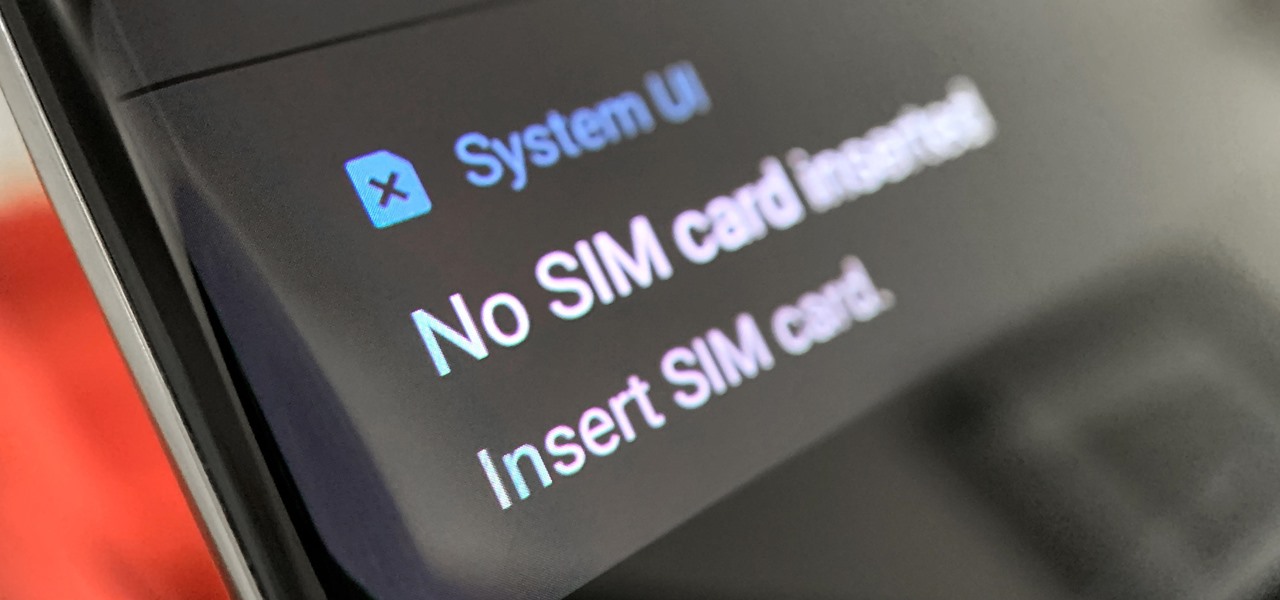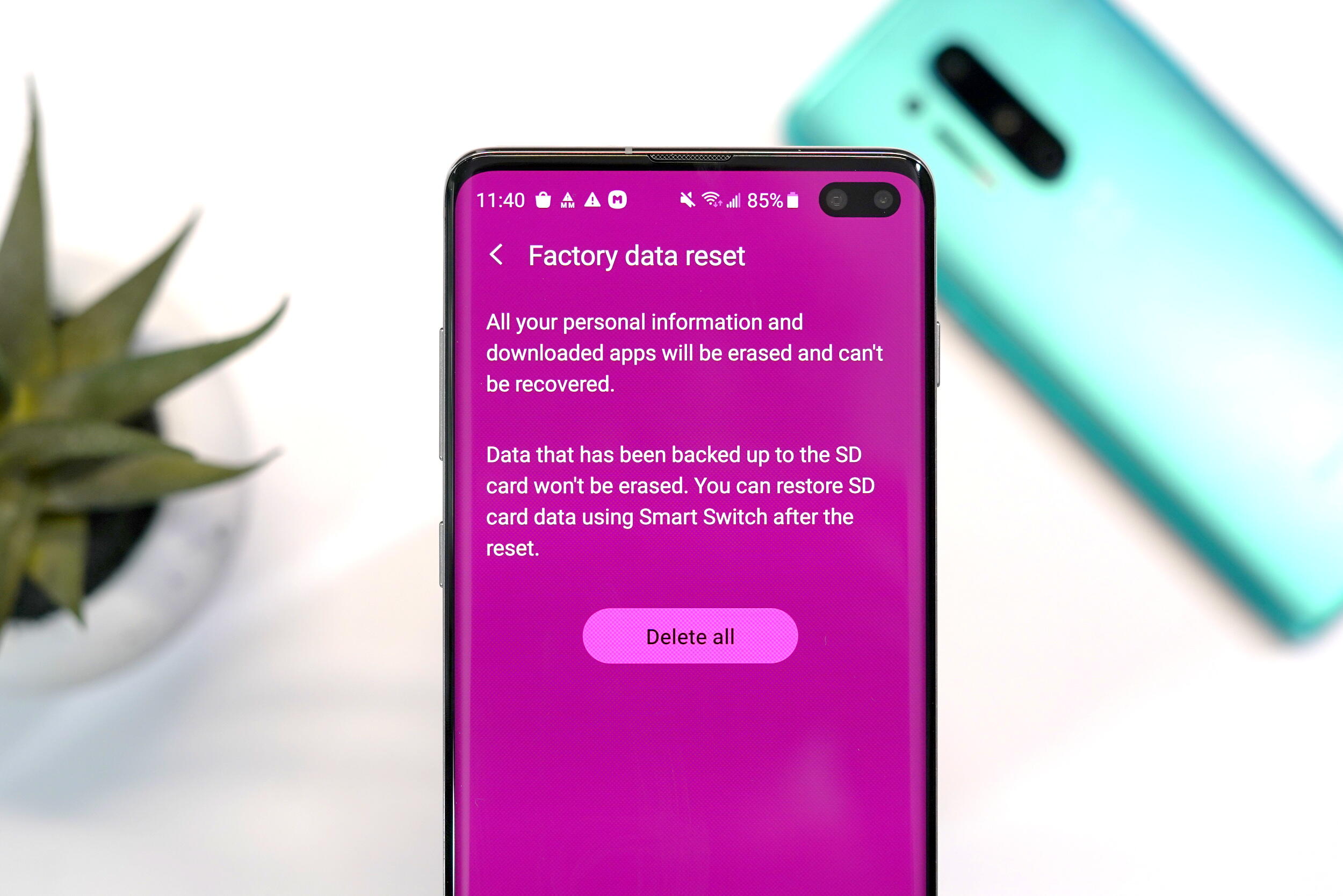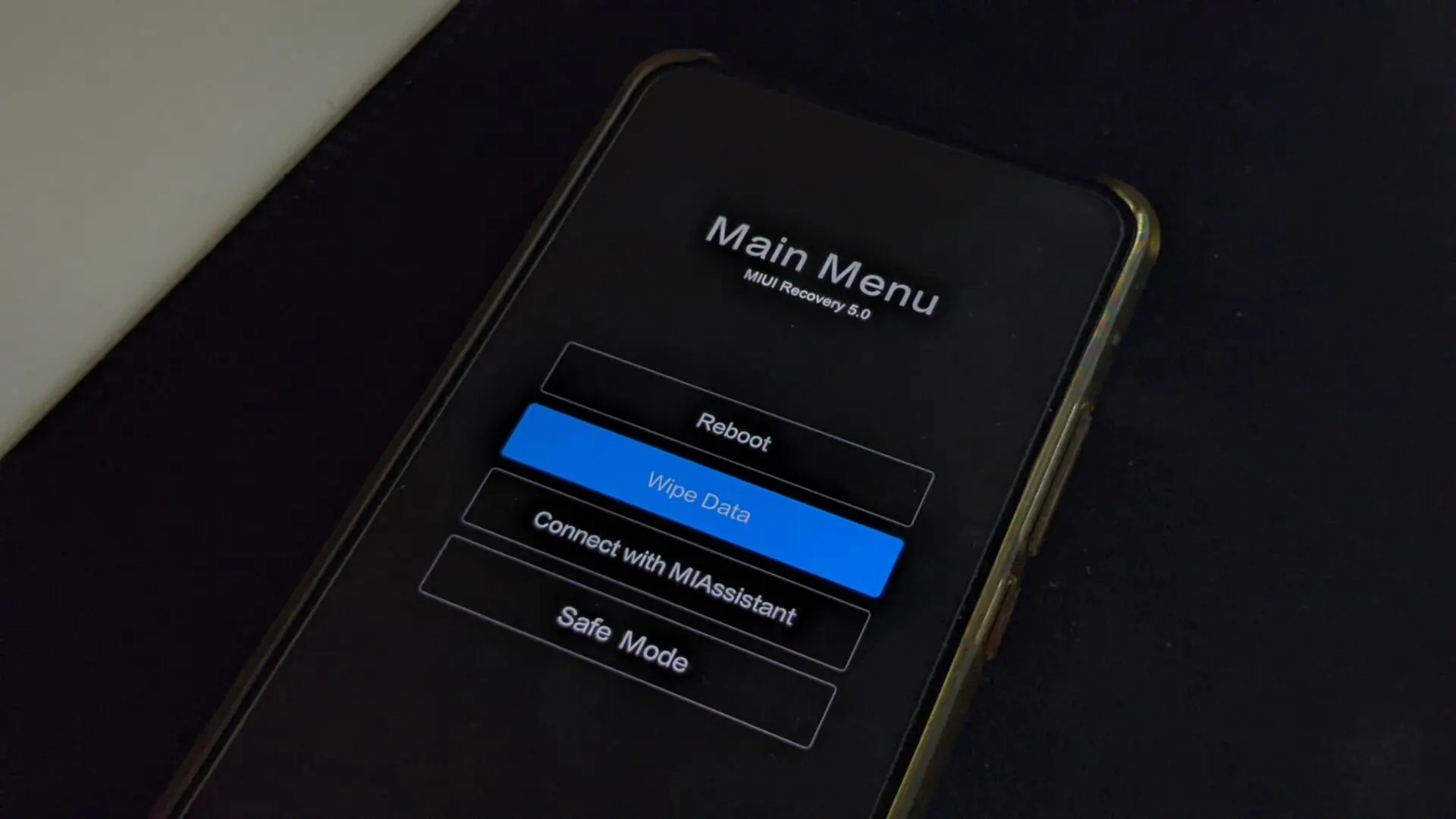Introduction
In today's fast-paced digital world, mobile devices have become an integral part of our daily lives. From staying connected with loved ones to accessing a wealth of information at our fingertips, the reliance on smartphones and tablets is undeniable. One crucial component that enables seamless communication and connectivity is the Subscriber Identity Module (SIM) card. This small, yet powerful, chip is responsible for identifying and authenticating a mobile device on a network, allowing users to make calls, send messages, and access mobile data.
However, there are instances when the SIM card may encounter issues, leading to disruptions in communication and data services. In such cases, performing a reset on the SIM card can often resolve these issues and restore normal functionality. Whether you're experiencing network connectivity problems, unable to make calls, or encountering authentication errors, resetting the SIM card on your Android device can be a practical solution.
In this comprehensive guide, we will delve into the essential steps for resetting a SIM card on an Android device. By following these straightforward procedures, you can troubleshoot common SIM card issues and regain seamless connectivity. Whether you're a tech-savvy individual or a novice user, mastering the art of resetting the SIM card can prove to be a valuable skill in maintaining a smooth mobile experience. Let's embark on this journey to uncover the fundamental techniques for resetting the SIM card on your Android device.
Step 1: Accessing SIM Card Settings
Accessing the SIM card settings on an Android device is the initial step towards resetting the SIM card. This process involves navigating through the device's settings to locate the SIM card settings menu. Here's a detailed walkthrough of how to access the SIM card settings on your Android device:
-
Open the Settings Menu: Begin by unlocking your Android device and locating the "Settings" app. This can typically be found on the home screen or in the app drawer. Tap on the "Settings" icon to enter the device's settings menu.
-
Locate the Network & Internet Settings: Within the settings menu, scroll down or navigate to the "Network & Internet" section. This is where you can manage various network-related settings, including those related to the SIM card.
-
Select SIM Card Settings: Once in the "Network & Internet" section, look for the "SIM card" or "SIM card manager" option. The location of this setting may vary depending on the device manufacturer and the version of the Android operating system. Tap on the "SIM card" option to access the SIM card settings.
-
Access SIM Card Information: Within the SIM card settings menu, you can view essential information related to the SIM card, such as the phone number, network status, and signal strength. This screen also provides access to additional SIM card management options.
-
Navigate to Additional Settings (if applicable): Depending on the device and Android version, there may be additional settings related to the SIM card, such as PIN management, network selection, or mobile data preferences. Explore these options to familiarize yourself with the available SIM card settings.
By following these steps, you can successfully access the SIM card settings on your Android device. This lays the groundwork for the subsequent steps involved in resetting the SIM card to address any connectivity or network-related issues. Mastering the process of accessing the SIM card settings empowers users to take control of their mobile connectivity and troubleshoot potential SIM card issues effectively.
Step 2: Resetting SIM Card
Resetting the SIM card on an Android device involves a series of straightforward yet crucial steps to restore its functionality and resolve potential connectivity issues. By performing a SIM card reset, users can effectively address common problems such as network unavailability, signal instability, and authentication errors. Here's a comprehensive guide on how to reset the SIM card on your Android device:
-
Navigate to SIM Card Settings: Return to the SIM card settings menu within the device's settings menu. This is where you will initiate the process of resetting the SIM card. Once you've accessed the SIM card settings, proceed to the next step.
-
Reset SIM Card: Within the SIM card settings menu, look for the option to reset the SIM card. This may be labeled as "Reset SIM," "Reset SIM Settings," or a similar variation, depending on the device manufacturer and Android version. Tap on the designated option to initiate the SIM card reset process.
-
Confirm Reset: Upon selecting the reset option, the device may prompt you to confirm the action. This serves as a safeguard against accidental resets and allows users to proceed with the reset process intentionally. Confirm the reset action to proceed.
-
Wait for Reset Completion: The device will now execute the SIM card reset, which involves clearing any temporary configurations and reinitializing the SIM card's connection to the network. Depending on the device and network conditions, the reset process may take a few moments to complete.
-
Restart Device (if necessary): In some cases, it may be beneficial to restart the device after completing the SIM card reset. This can help ensure that the changes take effect and that the device establishes a fresh connection to the network.
By following these essential steps, you can successfully reset the SIM card on your Android device, potentially resolving connectivity issues and restoring seamless communication and data services. It's important to note that performing a SIM card reset does not affect the data stored on the SIM card, such as contacts and messages. Instead, it focuses on resetting the SIM card's network-related configurations to address connectivity issues.
Mastering the art of resetting the SIM card empowers users to troubleshoot and resolve common network-related challenges, ensuring a reliable and uninterrupted mobile experience. With these fundamental techniques at your disposal, you can confidently navigate the realm of mobile connectivity and maintain a seamless communication ecosystem on your Android device.
Step 3: Verifying Reset Success
After performing a SIM card reset on your Android device, it's essential to verify the success of the reset to ensure that the connectivity issues have been effectively addressed. This crucial step allows users to confirm that the SIM card has been reset and is functioning optimally, paving the way for seamless communication and data services. Here's a detailed guide on how to verify the success of the SIM card reset:
-
Check Network Availability: Following the SIM card reset, check the network availability on your device. Look for the signal strength indicator or network status icon in the device's status bar. A stable network connection symbolizes the successful reinitialization of the SIM card's connection to the network.
-
Place Test Calls: Initiate test calls to verify the functionality of the SIM card after the reset. Dial a known number or contact a friend or family member to ensure that outgoing calls are successfully connected. Similarly, receive test calls to confirm the ability to receive incoming calls without any disruptions.
-
Send Test Messages: Send test messages, such as SMS or MMS, to validate the messaging functionality of the SIM card post-reset. Ensure that messages are sent and received promptly, indicating that the messaging services are operating smoothly.
-
Test Mobile Data Connection: If your mobile plan includes data services, verify the mobile data connection by accessing websites or online services. A successful data connection signifies that the SIM card reset has effectively restored data connectivity.
-
Confirm SIM Card Information: Navigate back to the SIM card settings within the device's settings menu to confirm the SIM card's information. Ensure that the displayed phone number, network status, and signal strength reflect accurate and updated details, indicating a successful reset.
-
Monitor for Error Messages: Keep an eye out for any error messages or prompts related to the SIM card or network connectivity. Absence of error messages signifies that the SIM card reset has resolved potential issues, allowing for uninterrupted usage.
By following these verification steps, users can confidently confirm the success of the SIM card reset on their Android device. This thorough validation process ensures that the SIM card is functioning optimally, with restored connectivity and seamless communication capabilities.
Mastering the art of verifying the reset success empowers users to proactively address SIM card-related issues, enabling a smooth and uninterrupted mobile experience. With these essential techniques, users can navigate the realm of mobile connectivity with confidence, knowing that they possess the skills to troubleshoot and validate crucial network functionalities on their Android device.
Conclusion
In conclusion, mastering the process of resetting the SIM card on your Android device equips you with the essential skills to troubleshoot common network-related issues and maintain seamless connectivity. By following the comprehensive steps outlined in this guide, you have gained valuable insights into accessing SIM card settings, performing a SIM card reset, and verifying the reset success. These fundamental techniques empower you to take control of your mobile experience and address potential challenges with confidence.
As technology continues to evolve, the reliance on mobile devices for communication, information access, and productivity remains steadfast. The SIM card serves as the linchpin of mobile connectivity, enabling users to stay connected with the world around them. Therefore, understanding how to effectively reset the SIM card is a valuable asset in navigating the dynamic landscape of mobile technology.
By accessing the SIM card settings and executing a reset, you can proactively troubleshoot network unavailability, signal instability, and authentication errors, ensuring that your Android device operates at its full potential. The ability to verify the success of the reset further solidifies your command over the SIM card's functionality, allowing you to confirm that connectivity issues have been effectively addressed.
As you embrace the knowledge and skills acquired from this guide, remember that the journey to mastering mobile technology is an ongoing endeavor. Stay informed about the latest advancements in mobile connectivity, and continue to explore the intricacies of your Android device's settings and features. By doing so, you empower yourself to adapt to the ever-changing mobile landscape and make the most of your digital experience.
In essence, the proficiency in resetting the SIM card on your Android device positions you as a capable navigator in the realm of mobile connectivity. Armed with these essential techniques, you can confidently troubleshoot SIM card issues and ensure a seamless communication ecosystem on your Android device. Embrace the power of connectivity, and let your mobile experience thrive with the knowledge and skills you've acquired.
Remember, the ability to reset the SIM card is not just a technical skill; it's a gateway to uninterrupted communication, reliable data services, and a vibrant digital lifestyle. Embrace this knowledge, and embark on your journey to unlock the full potential of your Android device's connectivity.

























